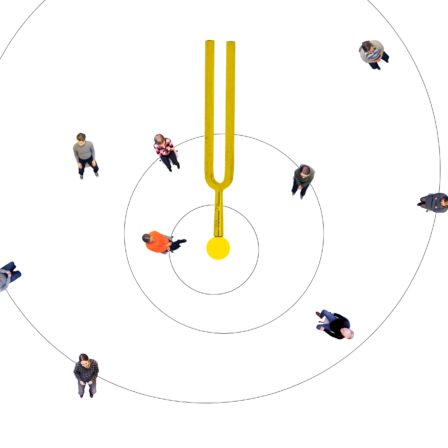- Introduction to the topic. Explain your own point of view on resolving conflicts
- Establishing relationships. Briefly interview each party at the beginning of the situation. This way you can strengthen their trust in you and the situation.
- Questions. In advance, think about questions for structuring the situation.
- Concretising the turns to speak. If the parties easily interrupt each other, state whose turn it is to speak.
- Internal dialogue. If necessary, the leader can bring up what his/her own dialogue has been during the discussion situation. Ask, what kind of thoughts that evokes.
- Quality of the discussion. Ask how the participants find the quality of the discussion. Are the right issues talked about, and in the right way?
- Encourage tolerance to uncertainty. Bring up the fact that it is painful when things progress slowly and encourage parties to bear it.
- Assessing acceptance of disagreement. Ask the parties what level of disagreement they can accept.
This post has been archived and may include outdated content
The best measures when the starting point of the discussion is a conflict




















More tools
How to master a dialogue.